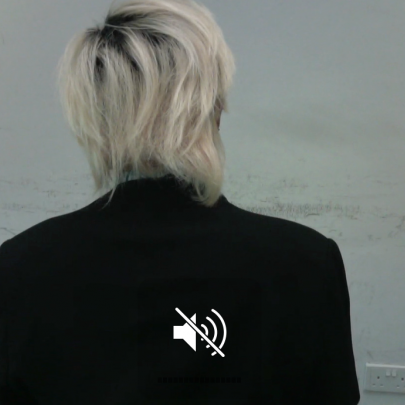
Nicholas Maigret, The Pirate Cinema, (2012)
In the context of omnipresent telecommunications surveillance, “The Pirate Cinema” reveals the hidden activity and geography of Peer-to-Peer file sharing. The project is presented as a monitoring room, which shows Peer-to-Peer transfers happening in real time on networks using the BitTorrent protocol. The installation produces an arbitrary cut-up of the files currently being exchanged. User IP addresses and countries are displayed on each cut, depicting the global topology of content consumption and dissemination.
Nicholas Maigret’s presentation to show the world through technology and language of our time, as he explained to has existed through historical avant-gardes, aligns with Dziga Vertov’s Kino-Eye manifesto (1923):
I, a machine, am showing you a world, the likes of which only I can see. […]
I free myself for today and forever from human immobility.
This is I , the machine, manoeuvring in the chaotic movements,
recording one movement after another in the most complex combinations.
Freed from the boundaries of time and space, I co-ordinate any and all points of the universe, wherever I want them to be.
My way leads towards the creation of a fresh perception of the world.
Thus I explain in a new way the world unknown to you.
The erection of TPC (The Pirate Cinema), could be explained at large with Lisa Jevbratt’s opening to Coding the Infome: Writing Abstract Reality where she is quoted “to write code is to create reality.” In TPC, physicality of generative visual material in its dimensionality establishes non-linear space-time continuum; “it is similar to the act of making a sculpture or designing and sewing clothes – to start with a material and feel how it folds and falls and cut out two dimensional surfaces that turn into three dimensional shapes by sawing them together in specific way.” Truly, a “global village” of internet’s age of independence is beautifully woven.
At first glance, the clashes of visual imageries identifiably of pop icons and colossal NSFW feeds the viewer overwhelms yet ironically satisfy the short attention span of modern digital natives. Albeit arbitrary in the orchestration of audio-visual channels, the transitory aesthetics of failure in glitch harmonise the bytes of familiarity, evolving into resonance of our interwoven identity our Internet contemporaries.
The curation of top 100 downloads could perhaps be most illustrative of popular choices then polling and voting systems helmed by any human host and the authenticity of an open source network most genuinely conveys human-to-human connection makes this work of art brilliant in demonstration. To recall and speak of the present cinema, is to speak of The Pirate Cinema. The cinematic language has to progress and it is of every concern of today’s cinematographers in frames from the traditionally calculated aspect ratio to explosive immersion of dome. In TPC’s live performance, demographical interests is further data mined and visualised in total honesty. Medium at large, TPC ironically brings audiences back into the cinematic experience a black cube. The extraction of focus without mobility of an Iphone screen reminds for the piracy of content, sacrificed was the past infrastructure, though not necessarily abhorred against. The new, is however, going back to the old for the newer, the endless cycle provides “the most valuable means of insight into the real direction of our own collective purposes”, says McLhuan. We are certainly anxious.
For more information, check out it’s home site and array of visage at TPC’s photo stream.
